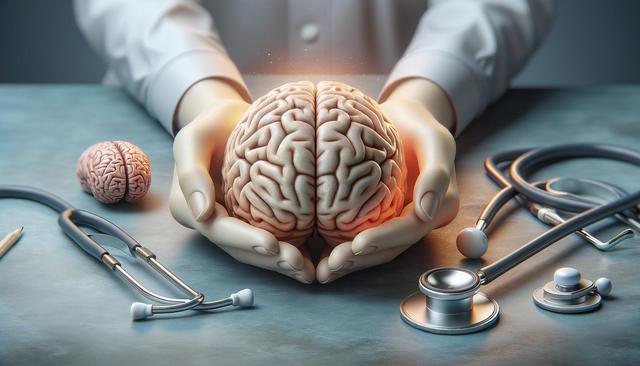Understanding the Role of Exercise After a Stroke
Physical activity plays a crucial role in stroke rehabilitation. It helps regain lost abilities, enhances cardiovascular health, and supports mental well-being. Depending on the part of the brain affected, a stroke can impair movement, balance, coordination, or speech. Exercise helps stimulate neuroplasticity—the brain’s ability to reorganize and form new connections—to compensate for damaged areas. Working closely with healthcare professionals allows patients to form an individualized exercise plan that fits their level of mobility and strength. This plan usually progresses from passive movements to more active routines as recovery advances. Safety is always a priority, so exercises are often supervised or modified to prevent strain or injury.
Stretching and Range of Motion Exercises
Stretching and range of motion (ROM) exercises are commonly used in the early stages of stroke recovery. They help maintain flexibility, prevent stiffness, and reduce muscle tightness. These exercises are particularly important for individuals who have limited mobility or are bedridden. ROM exercises can be active (performed by the patient) or passive (assisted by a therapist or caregiver). Key benefits include:
- Improved circulation
- Reduced risk of joint contractures
- Maintenance of muscle length and joint mobility
Examples include shoulder rolls, wrist rotations, and ankle flexes. Even simple movements like turning the head side to side or lifting the arms overhead can contribute to improved physical function over time.
Strength Training and Muscle Re-education
Stroke survivors often experience muscle weakness or partial paralysis on one side of the body. Strength training exercises help rebuild muscular endurance and coordination. These exercises can involve bodyweight movements, resistance bands, light free weights, or machines. A therapist may also use techniques like functional electrical stimulation (FES) to activate muscles that a patient struggles to move voluntarily. Common strength-building movements include:
- Seated leg lifts
- Standing heel raises (with support)
- Wall push-ups
Muscle re-education focuses not just on strength but also on retraining the brain to control those muscles again. Repetitive, targeted movements are essential for reinforcing these neural pathways and supporting functional recovery.
Balance and Coordination Exercises
Balance and coordination are often impaired after a stroke, increasing the risk of falls. Exercises targeting these functions help patients regain confidence in their movements and improve safety in daily life. These activities usually begin with supported tasks and gradually progress to more challenging ones. Examples include:
- Sitting and standing balance drills
- Weight shifts from side to side
- Marching in place
- Using a stability ball or balance board (under supervision)
Occupational and physical therapists often integrate these exercises into daily routines, making them both functional and therapeutic. Improved balance contributes significantly to independence in activities such as dressing, bathing, and walking.
Cardiovascular and Aerobic Conditioning
After a stroke, cardiovascular health becomes even more important to reduce the risk of recurrence. Aerobic exercises not only improve heart and lung function but also boost mood and cognitive performance. Depending on the patient’s ability and stage of recovery, options may include:
- Walking (with or without assistance)
- Stationary cycling
- Water aerobics
- Arm ergometry (arm cycling machines)
These activities should be performed at a moderate intensity, and progress should be monitored by a healthcare provider. Incorporating aerobic exercises two to three times per week can support long-term health and help manage conditions like high blood pressure and diabetes, which are risk factors for stroke.
Conclusion: Building a Sustainable Recovery Plan
Recovery after a stroke is a gradual process that requires consistency, patience, and personalized support. Exercise is one of the most effective tools in promoting physical and cognitive improvement, as well as in preventing future strokes. Whether through gentle stretches, strength routines, balance drills, or cardiovascular workouts, incorporating movement into daily life can greatly enhance a survivor’s quality of life. It is important to consult with medical professionals to develop a plan that suits individual needs, abilities, and goals. Progress may be slow, but each step contributes to building a healthier, more independent future.






